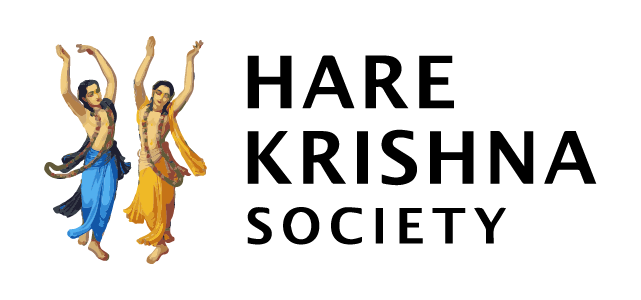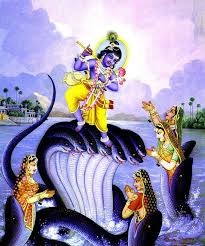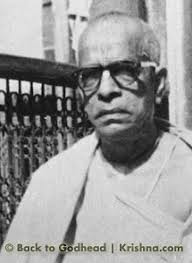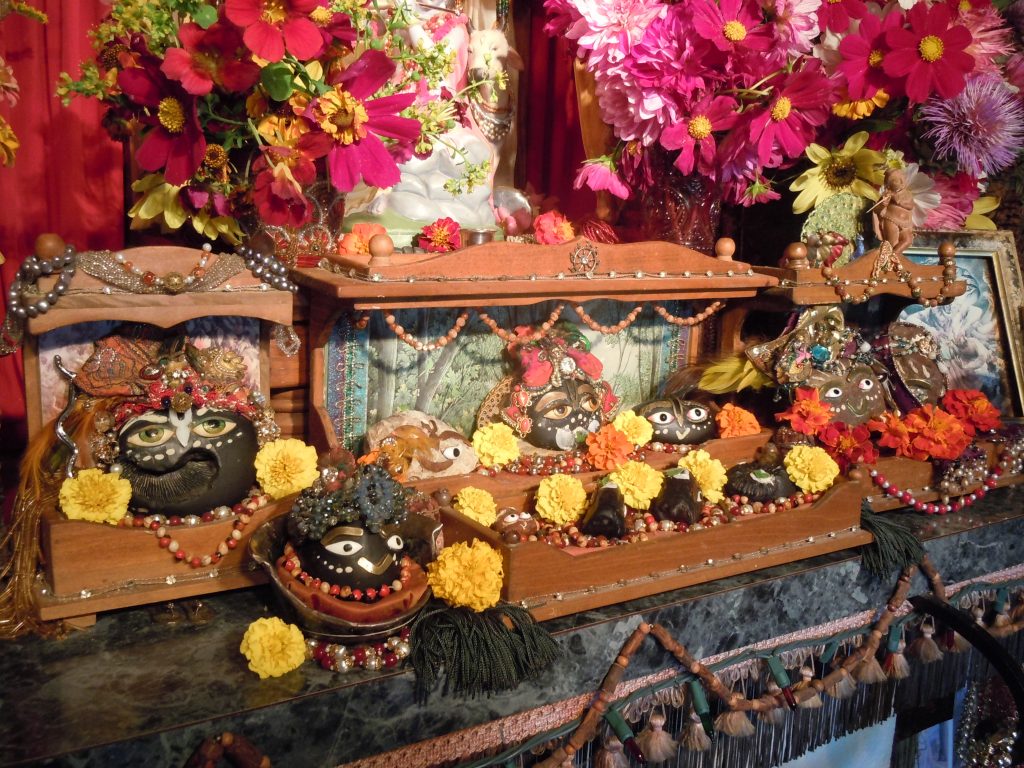- December 4, 2020108 quotes on the potency on Srila Prabhupada's original books.https://harekrsna.org/wp-content/uploads/2017/10/The-Potency-Of-Srila-Prabhupada%E2%80%99s-Books-108-Quotes.pdf Vidura Mahatma dasa
- December 4, 2020GBC vs. Prabhupada Heresies of the Governing Body Commission Rejected By Narasimha dasa The Iskcon GBC philosophy on guru-tattva and…

Under the guidance, inspiration and authority of
His Divine Grace A.C. Bhaktivedanta Swami Prabhupada
Founder-Acharya of the Krishna Consciousness Movement
Srila Prabhupada: “I wish that each and every branch shall keep their separate identity and cooperate keeping the acharya in the center. On this principle we can open any number of branches all over the world. (Letter, February 11, 1967)







